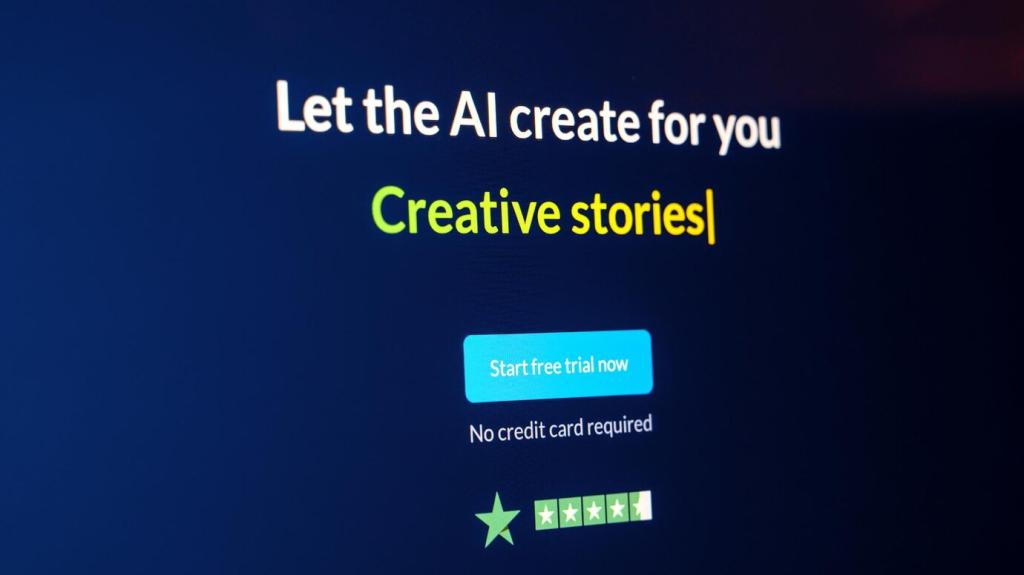Foundations: How Blockchain Reimagines Health Data
A blockchain is a shared, append-only ledger secured by cryptography. In healthcare, that means clinical events are recorded immutably, time-stamped, and verifiable, so everyone trusts the history without duplicating sensitive data. Off-chain storage keeps privacy while on-chain anchors integrity.
Foundations: How Blockchain Reimagines Health Data
Fragmentation causes repeated tests, lost discharge notes, and permission confusion. Blockchain coordinates disparate actors with a single source of truth, aligning incentives for hospitals, labs, and insurers while keeping patient consent at the center of every data movement.









